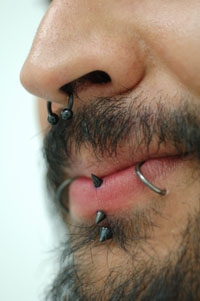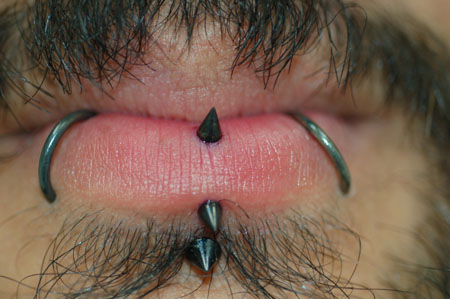|
Physical Vapor Deposition
(P.V.D.)
This coating is vaporized,
ionically charged, and then applied in a vacuum
chamber to the surface of the material being coated.
This creates a molecular chemical bond between the
component and the coating.
A variety of P.V.D.
coatings have been certified biocompatible.
Biocompatibility tests were conducted in accordance
with ISO 10993-1 guidelines. The results indicate
that these coatings are acceptable for internal and
external medical devices that come in contact with
bone, skin, tissue, and blood.
PVD ceramic coatings are a
better to traditional electroplated coatings as they
have superior hardness and wear resistance, do not
discolour or tarnish, have reasonably high corrosion
resistance and do not suffer under UV radiation.
PVD coatings can be
deposited with a wide colour range. Metals used as
target material in decorative PVD processes are
zirconium, titanium, chromium, titanium-aluminum
alloys and niobium. Ceramic coatings are deposited
to increase the hardness of the coating. This is
achieved by introducing reactive gases during the
deposition process. The most widely used reactive
gases for decorative coatings are nitrogen and
methane or acetylene to produce metal-nitride,
metal-carbide and metal-carbonitride films. Also
oxygen can be used to produce oxides, oxinitrides,
etc. The decorative coatings are produced in a
certain colour range, depending on the metal-to-gas
ratio in the coating and the structure of the
coating. Both of these factors can be altered by
changing the deposition parameters.
|


